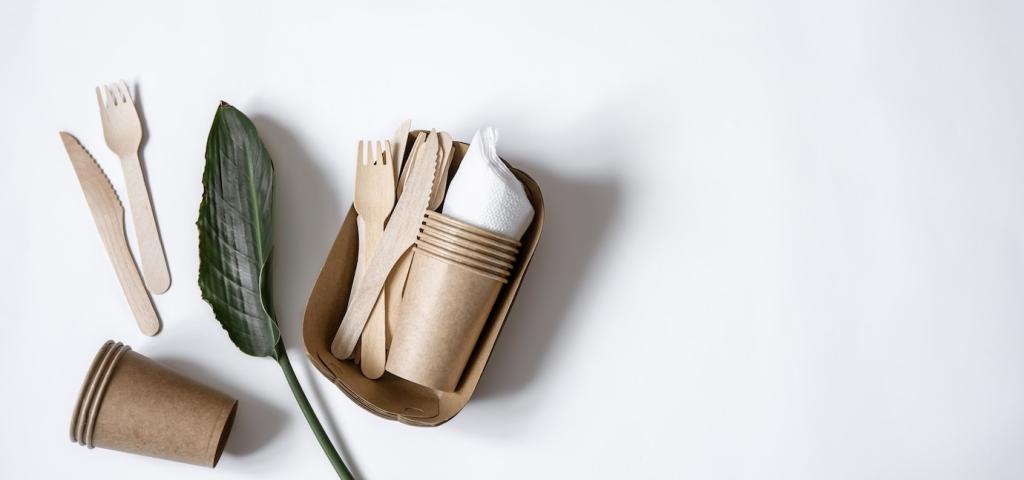End-of-Life: Make Disposal Effortless
Use simple icons, a concise disposal sentence, and a QR code linking to local guidance. Specify industrial versus home composting, and provide a backup pathway like paper recycling when appropriate. Ask customers to comment on clarity, then iterate in your next packaging run to continuously improve outcomes.
End-of-Life: Make Disposal Effortless
Offer mail-back envelopes or drop-off partnerships for components needing special conditions. Reward returns with loyalty points or surprise samples. Communicate that biodegradable packaging materials for e-commerce perform best when communities participate. Encourage subscribers to propose neighborhood collection hubs your brand could sponsor or support seasonally.


